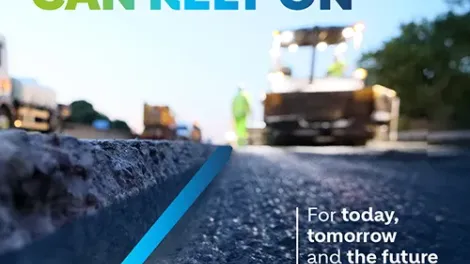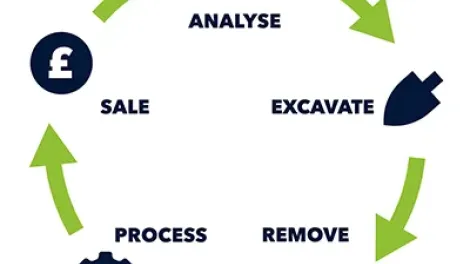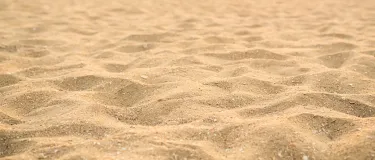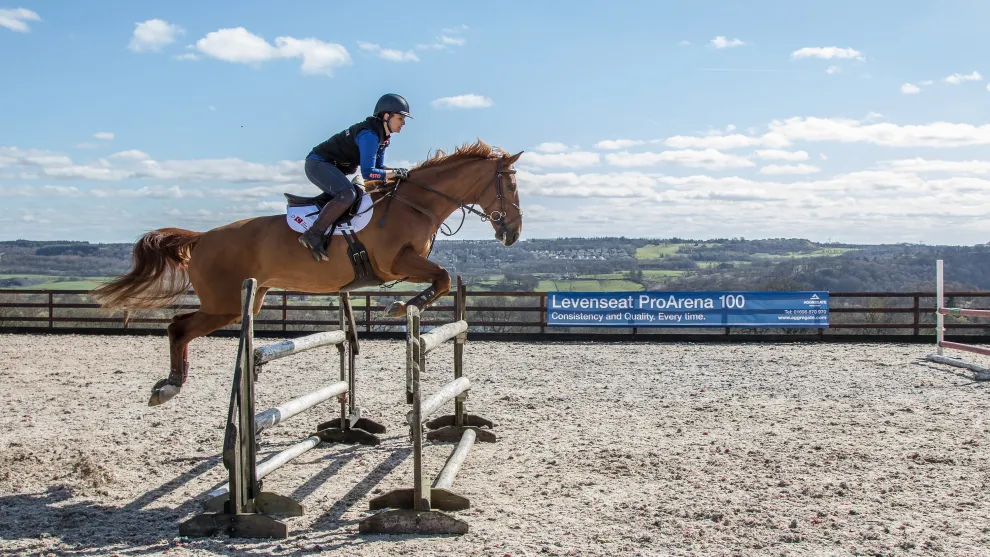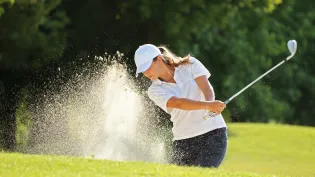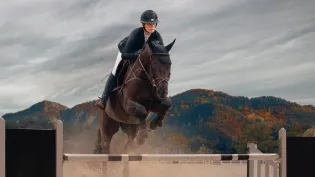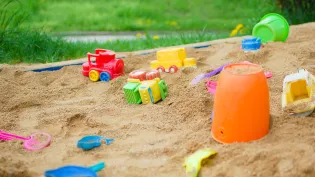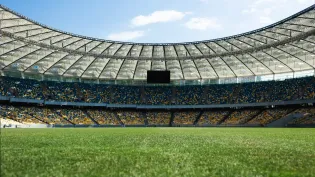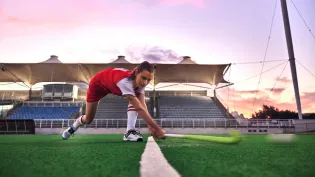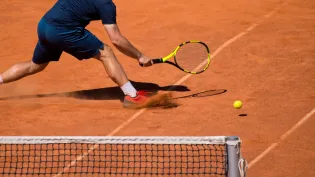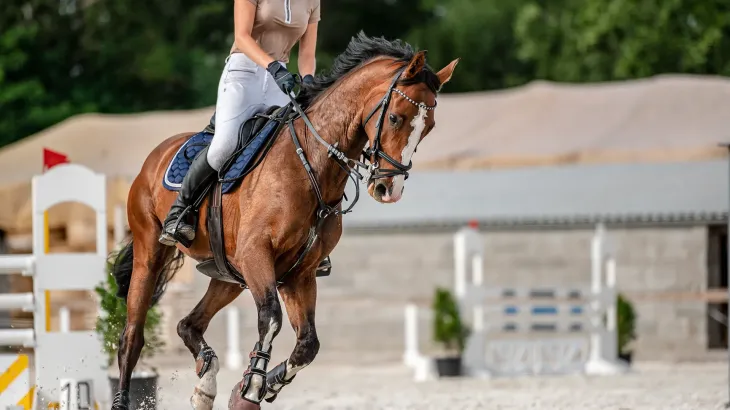The Definitive Guide to Sports Sands
Postponed, rearranged, cancelled – why sports surfaces matter
When all eyes are watching you, every step, swing, gallop and bounce must be precise and only the best equipment, footwear and uniform will do. But without the right surface, these considerations become useless.
According to a survey of 186 football clubs, less than half (46%) rate their facilities as ‘good’ or ‘very good’. Subsequently, the English Football Association (FA) says around 100,000 grassroots football matches are cancelled each year due to ‘poor pitches’.
And it’s not just football games that are cancelled and postponed due to poor surface quality, but also rugby fixtures. Notably in 2022, when the Rugby Football Union (RFU) prepared to implement emergency measures to combat rock-hard playing surfaces which ran the risk of causing serious injuries to players.
Simply put, poor surfaces stop sports at all levels from being played, hosted and watched. From tennis to football, equestrian to golf, no matter the activity, a consistent and reliable surface is paramount. So how do we guarantee and encourage participation while ensuring what’s under foot (or hoof) makes a positive impact?
This is where specialist sports sand comes in.
Sports sand: An overview
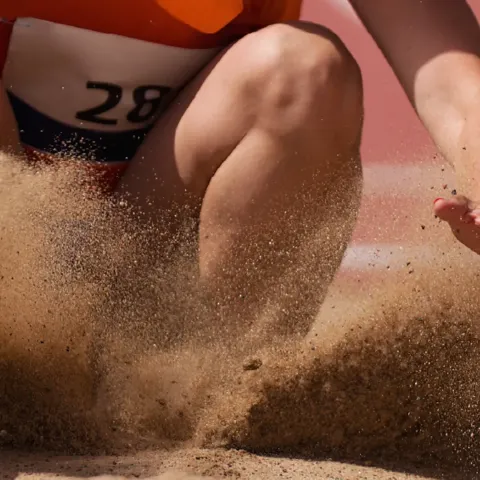
Industry onlookers would be forgiven for underestimating the sheer variety of different sands available on today’s market. Each different grading and grain shape of sand can have a significant impact on the performance of the surface for a given sport, with consultants and grounds staff alike having a role to play in selecting the best option for their facility.
Take the shape of the grain, for example. Striking the balance between rounded, sub-rounded, angular and sub-angular particle shape allows for the correct rate of compaction. This gives the surface stability under force, without affecting drainage performance. When this balance is achieved, porosities and excellent drainage rates allow healthy root growth to flourish, leading to an enviable surface for players.
Sadly, many of the industry’s learnings to date have resulted from negative experiences thanks to the selection of the wrong type of sand. But by understanding the options available, the type of consistency and quality that leads to high-performance can be achieved.
Natural and synthetic pitches
Incorporating sand into the surface of natural pitches is a highly effective way to improve percolation and surface playability. Top dressing retains the permeability of the pitch, providing a firmer surface in wet weather – a key consideration in an ever-changing climate.
This firmness that turf sand such as ProPitch offers enhances player traction and maintains the grass cover, making the pitch more enjoyable and reliable for all players.
Sand top dressing also promotes better soil aeration, which encourages robust root development, better health and improves the overall soil structure. The sand’s ability to prevent weed growth reduces the need for maintenance, making it an invaluable component for natural grass pitches.
Specialist synthetic pitch sands also have an important role to play. Opting for a silica sand rather than a regular sand can make a big difference, with the former containing 95% silicon dioxide and less than 0.6% iron dioxide, which provides a natural feel similar to soil. This critical component provides a stable foundation that enhances the playability and longevity of synthetic sports surfaces.
Sand such as these offer a comprehensive solution for artificial grass infill, combining stability, performance and durability.
We have a vast range of products available for all your pitch needs, including:
- Levenseat ProPitch for natural pitch sands
- Rootzone for natural pitch growing medium
- Garside ProPitch for natural and synthetic grass sands and synthetic turf infill of all generations
Golf Sands
Quality, consistency, superior drainage and aesthetic appeal make sports sands the ideal choice for any golf course application.
Whether it’s for turf establishment, bunker maintenance or soil amendment, specialised sands guarantee optimal playing surfaces and enhance the overall aesthetic appeal of the golf course.
Our ProGolf products, for example, can be used as a moist top dressing, rootzone sand or where coarse amelioration is required. And if it’s your bunker that’s in need of TLC, you can use the Levenseat ProBunker and ProBunker 20 –specialist silica sands with free draining properties that help prevent water ponding in the bunker.
The ProBunker range has been designed with player experience in mind. The design of the sand minimises the chance of balls plugging and the ProBunker 20 can be used to aid the opening up of a locking local sand when raked through.
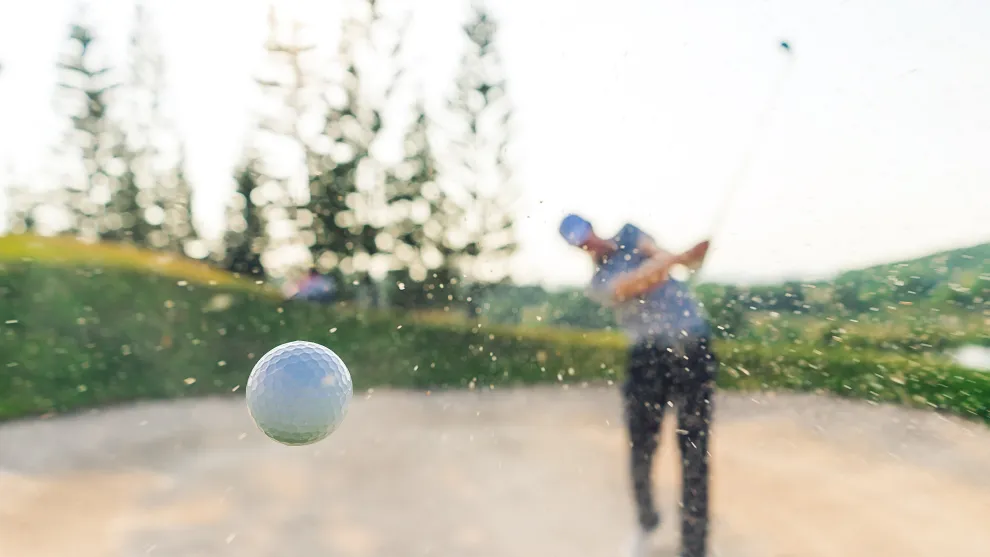
Equestrian and horse arena sands
Riding surfaces are a major investment which must meet the highest of standards for both rider and horse, first time. Sand is a versatile and critical material for creating ideal surfaces, significantly enhancing the functionality and efficiency of equestrian facilities.
One of the key properties of silica sand is its level of compaction which offers a more stable surface. This ensures the necessary traction to support performance while reducing the risks of slips and falls. This sand type is also a free-draining material, capable of absorbing moisture without becoming waterlogged. This allows for training and activities almost all year round, regardless of weather conditions. The sand is also non-staining - a benefit for both horse and rider.
Using specialist equestrian sand within the arena is also essential for the health of horses, minimising the impact on their joints and tendons. With jumping arenas, for example, adding rubber or fibre to the sand can provide a more cushioned surface, enhancing performance and reducing strain on the horses.
This durability ensures long-lasting performance despite the erosion and heavy use, making it a cost-effective product for equestrian venues.
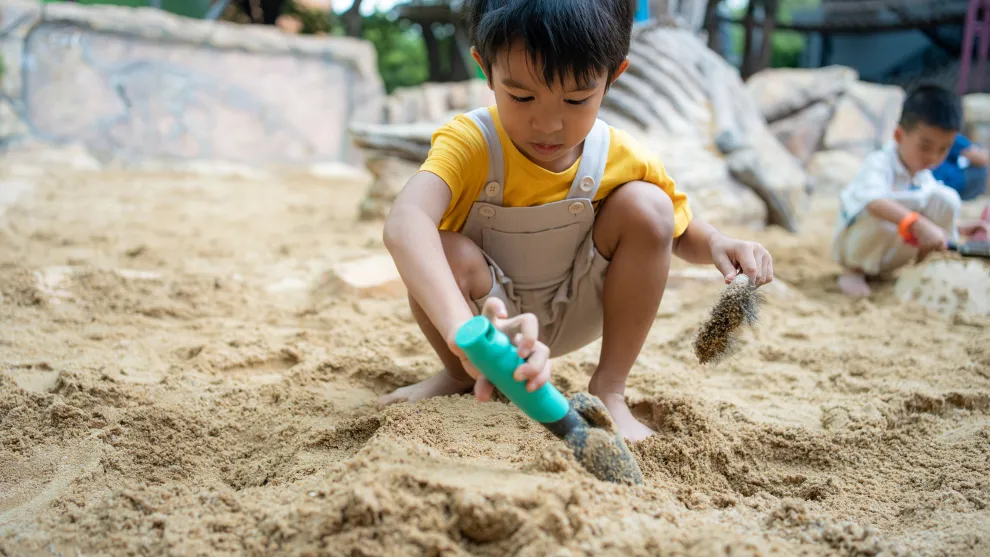
Pit sands
Specialist silica sand is incredibly popular for professional jumping sand pits as well as sand volleyball pitches due to its attractive colour and sub-angular particles which provide excellent free-draining properties.
The sand is washed and cleaned of any unwanted particles, providing a soft and smooth texture. Carefully calibrated, our silica sands provide the perfect balance of softness and firmness while requiring minimal maintenance, making it a cost-effective choice that lasts for years.
Sourcing sports sands
In an age where sand is becoming an increasingly precious resource, access to products from a reliable source is a vital first step. When it comes to producing sports sands, Holcim’s pro range is made to support performance at the most granular level. Recognised for some of the highest quality deposits in the industry, our quarries at Fauldhouse, Scotland and Leighton Buzzard, England produce a range of popular specialist sand products from industry leading locations including acclaimed Levenseat and Garside sands. In fact, our sands were used in the original design of synthetic sports carpets and remain a default material for the industry.
Levenseat Specialist Sands produces rootzones which can be designed to various project specifications as well as sands for sports, equestrian, construction and general markets.
Every tonne contains five billion grains and every single grain is washed four times in our unparalleled production process.
Levenseat silica sand deposit has been the frontrunner in supplying the sports and construction market for over half a century, establishing itself as the choice for high performance, quality and consistent sands and rootzones.
Garside Sands has also been producing specialist sands since 1985, supplying over one million tonnes to the UK sports industry. With a duplicated consistency which is tested three times daily, Garside Sands extends life expectancy of a variety of sports surfaces.
Frequently Asked Questions
A rootzone is a manufactured specialist growing medium which can be designed to meet any performance criteria the application demands. This can be used across a wide variety of surfaces including golf courses and football pitches where the rootzone will be beneficial to the growth of the grass and overall surface performance.
Sports sands like our Levenseat ProPitch and Rootzone, can be used on natural pitches to improve drainage capabilities and surface playability through the process of top dressing. Silica sport sand for synthetic pitches, such as our Garside ProPitch, is made of a blend of silicon dioxide and iron dioxide which provides a stable foundation and authentic aesthetic when added to synthetic sports surfaces.
Increasingly volatile weather continues to postpone and cancel sporting events due to unplayable surfaces. Sports sands help prevent this by providing a durable and robust playing surface no matter the weather.
Our sports sands are readily available via a comprehensive nationwide transportation network which ensures you can get hold of the right product for your application, wherever that might be.
Written by: | Duncan McCool – Holcim Sales Manager Richard Williams – Holcim Technical Sales Support Manager Sean Colbert – Holcim Territory Sales Manager Daniel Watts – Holcim Commercial Manager Mark Hickingbottom – Holcim Area General Manager |





